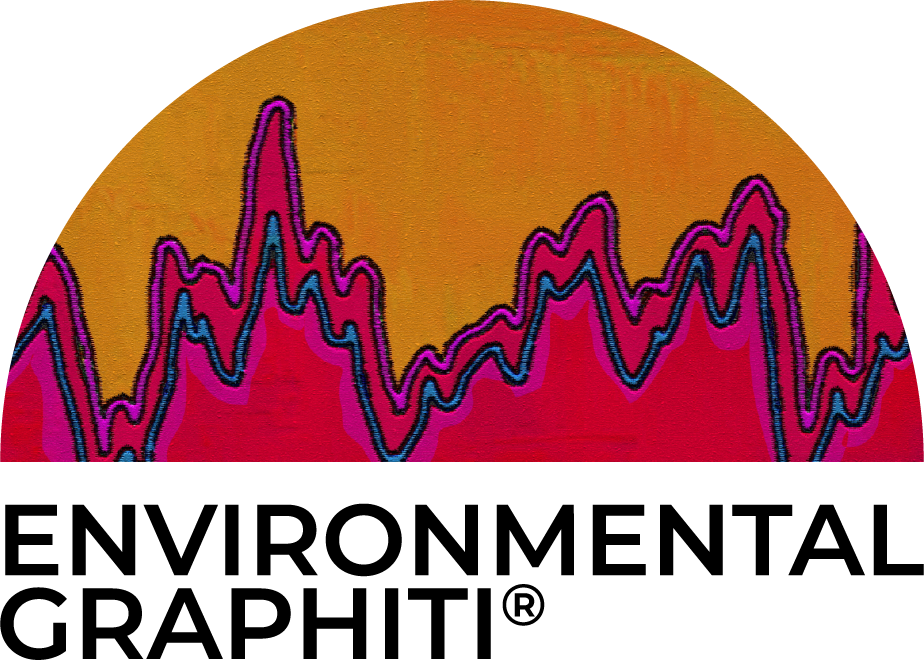Human-Induced Methane Emissions - Future Scenarios
The Art
The Science
“In order to achieve the Paris agreement goals,, many countries are committing to reducing greenhouse gas (GHG) emissions to net-zero by 2050… Carbon dioxide (CO2) mitigation is fundamental to minimise long-term temperature increase, and the peak global warming is proportional to the cumulative CO2 emissions. Near-term climate forcers … including methane, ozone … and aerosols, have much shorter lifetimes than CO2, and provide opportunities for short-term mitigation. Unlike for CO2, their climate forcing is determined by the rate of emissions.
Methane … is a potent GHG but has a short lifetime compared with CO2 (9.1 ± 0.9 years, total atmospheric lifetime..). Since pre-industrial times, anthropogenic methane emissions have caused more than a doubling of the abundance of methane in the atmosphere, with rapid growth in recent years… These emissions now make up 60% of the total methane source and come from fossil fuel use, agriculture and waste management.” [Footnotes deleted]
Staniaszek, Z., Griffiths, P.T., Folberth, G.A. et al. The role of future anthropogenic methane emissions in air quality and climate. npj Clim Atmos Sci 5, 21 (2022). https://doi.org/10.1038/s41612-022-00247-5
Artwork based on Figure 1 - graph to the right
